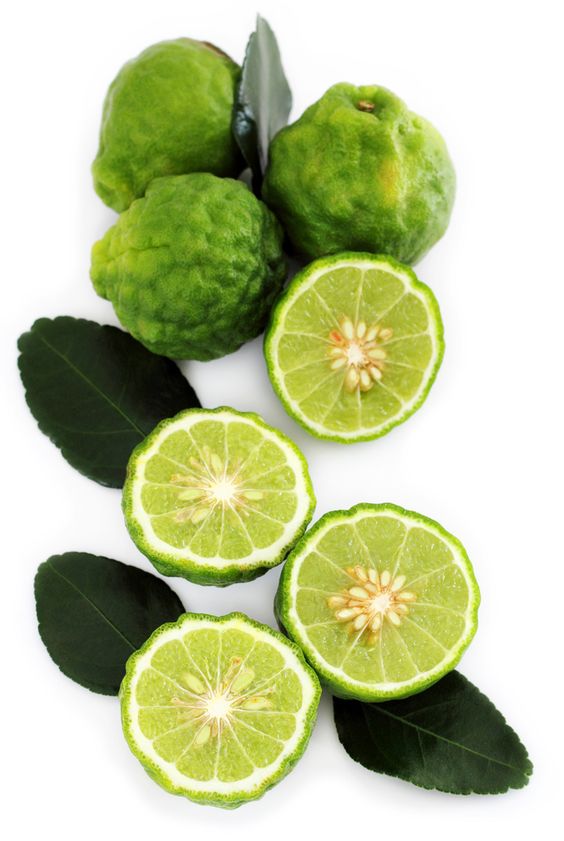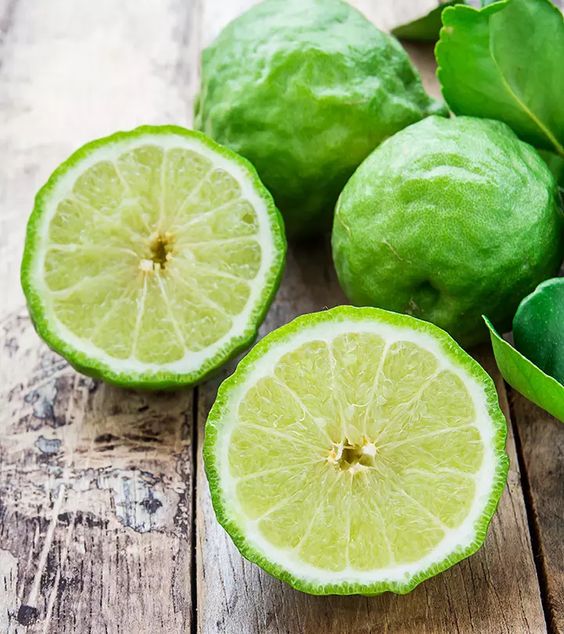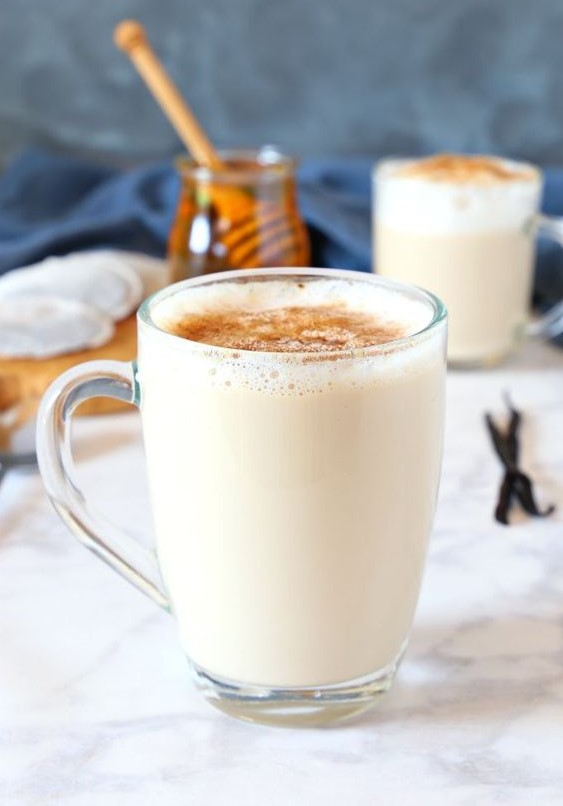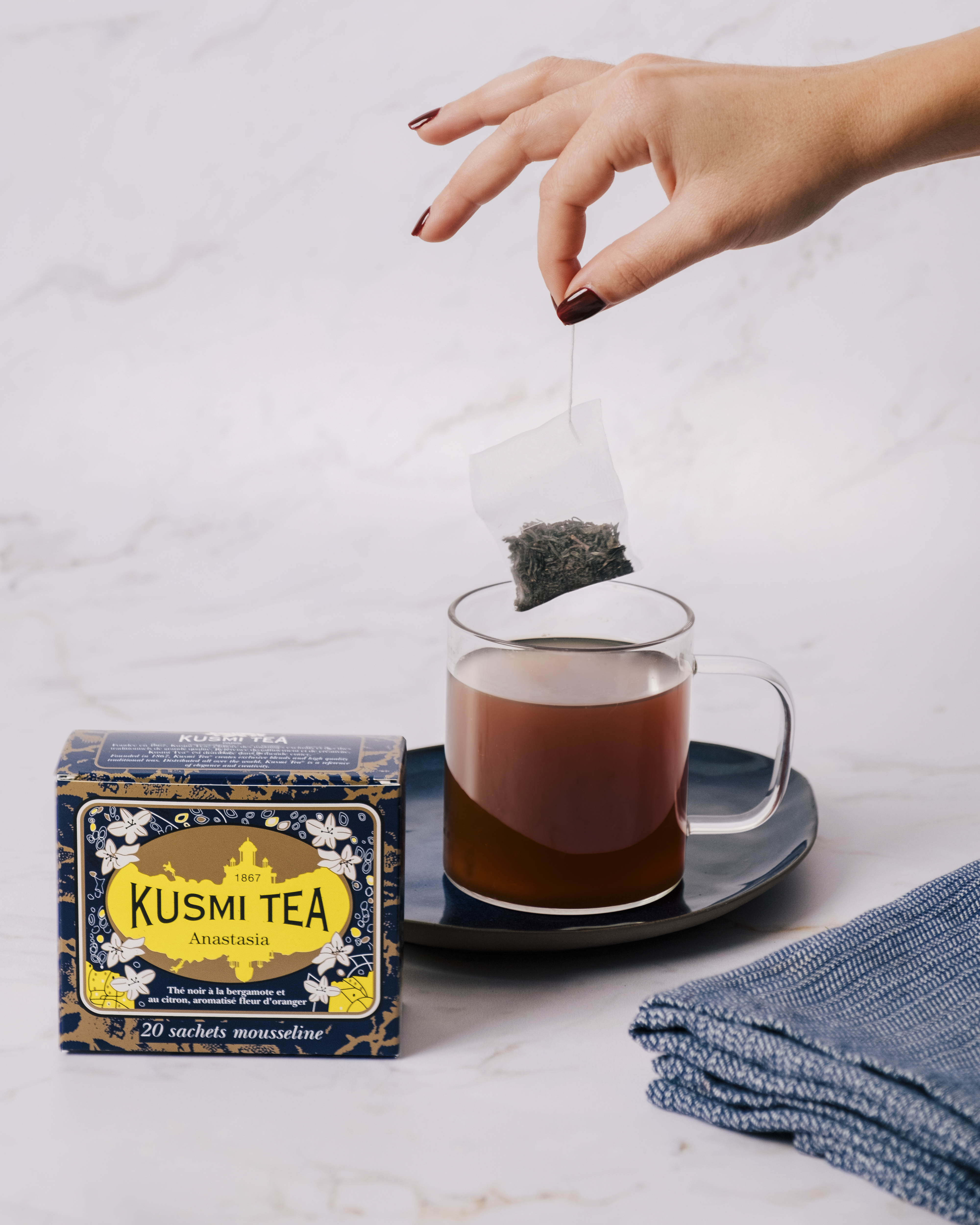Have you heard about bergamot? Mainly grown in Italy, this little fruit is rarely seen in stores. However, it deserves our full attention. From relieving stress to protecting skin and soothing digestive issues, this mysterious citrus fruit has a wealth of benefits! Flavor-wise, bergamot awakens our taste buds and can be added to countless culinary creations. We use its essential oil to make Earl Grey, an internationally renowned black tea widely enjoyed in America. This exceptional tea is ideally served with a drop of milk to give a sweet, delicious taste. You can find two Earl Grey latte recipes at the end of the article.
Bergamot, a citrus fruit of mysterious origins
It is hard to pinpoint exactly where the bergamot tree was first found. Some believe it was introduced into Europe by the Crusades. Its name is supposedly taken from the Ottoman term Bay Armut, meaning “the Master’s Pear.” Others think bergamots were first imported from the Canary Islands by Christopher Columbus. According to this version, its name comes from Berga, a Catalan town where it was later grown… One thing is sure: today, bergamot trees grow mainly in Calabria, in the south of Italy.

Bergamot, the star of Earl Grey teas
Bergamot is the ingredient that lends such an inimitable taste to Earl Grey, a highly popular tea in the United States.
To make Earl Grey, bergamot essential oils are squeezed over black tea leaves. This flavored blend is also available with white, green, and Oolong tea.
The Queen of England’s favorite tea is said to have been named after Earl Charles Grey, prime minister of the United Kingdom from 1830 through 1834. Countless legends have sprung up around the tea’s exact origins … One of them recounts that a Chinese butler working for the Grey family came up with an idea to improve the taste of the Earl’s tea by adding a slice of bergamot. Another claims that Charles Grey once received a bergamot and, unsure of how to prepare it, cut off a piece to put in his cup of tea. Would you have tried it?
The properties of bergamot
Earl Grey tea has gone down in history, partly because bergamot offers numerous benefits:
- This citrus fruit is said to help manage stress and make it easier to get to sleep.
- When brewed, bergamot may also have a relieving effect on digestive issues such as stomach cramps and spasms. The fruit may also combat intestinal parasites.
- Bergamot essential oil is also said to soothe skin irritations such as eczema, hives, and psoriasis. Be careful not to expose the area to the sun as this oil is photosensitive.
Bergamot also contains health-promoting nutrients:• Sa forte concentration en vitamine C boosterait les défenses immunitaires.
- Its high level of vitamin C boosts your immune system.
- The fruit is rich in vitamin A, a powerful antioxidant needed to maintain eyesight.
- Bergamot also contains flavonoids, molecules with antioxidant properties.

Bergamot every which way
Bergamot is said to be good for your health, but it is also great for your palate! As well as its essential oil that gives Earl Grey such a unique taste, its juice, zest, and peel are also ideal for using in delicious sweet and savory dishes.
Bergamot flesh has an acidic, slightly bitter flavor. If you fancy a snack, we recommend enjoying it as it is for a tasty treat!
Its bumpy zest can be enjoyed grated, and its generous fragrance will bring out the flavors of your dishes even more!
Bergamot juice is perfect for enhancing seafood, and will give marinades an extra punch.
You can also use a couple of drops of its essence to pep up your fruit salads and sauces.
Bergamot leaves exude a rich aroma and can be used like herbs. They are traditionally used in Thai and Malaysian cuisine.
For dessert, bergamot peel either candied or as a powder is a fitting addition to sweet delicacies such as jams, pastries, and biscuits.
Recipes: preparing an Earl Grey latte
Black tea with bergamot is delicious accompanied by milk (dairy or non-dairy). If you want a foody break, read on to discover two delicious recipes made using Earl Grey tea.

Recipe for Earl Grey with milk – 2 to 3 cups
Découvrez une recette simple de thé bergamote au lait.
- Pour 100 ml of water into a saucepan.
- Turn off the heat when the water starts to boil.
- Add 8 g of our Kusmi Tea Earl Grey.
- Leave to infuse for 3 to 5 minutes.
- Add 250 ml of milk.
- Put the saucepan on a low heat.
- Remove from the heat before it boils.
- Pour your Earl Grey with milk into cups making sure to filter the leaves with a sieve.
- For extra flavor, add some sugar, honey, cinnamon, or cocoa powder.
Recipe for bergamot tea with soy milk – 2 cups
Those who prefer to enjoy non-dairy milk with their Earl Grey Grey can use soy milk!
- Heat your water to 195°F (90°C) using a kettle.
- Put 6 grams of our Kusmi Tea Earl Grey into a teapot.
- Pour in 200 ml of the hot water.
- Leave to infuse for 5 minutes.
- Pour the tea into your cups making sure to filter the tea leaves.
- Add between 30 and 40 ml of soy milk.
Surprise your guests at tea time by replacing the traditional Earl Grey with an Anastasia black tea, made with essential oils of bergamot, lemon, and orange blossom.
You can find another delicious latte recipe, but this time with our spicy Kashmir Tchai tea!



